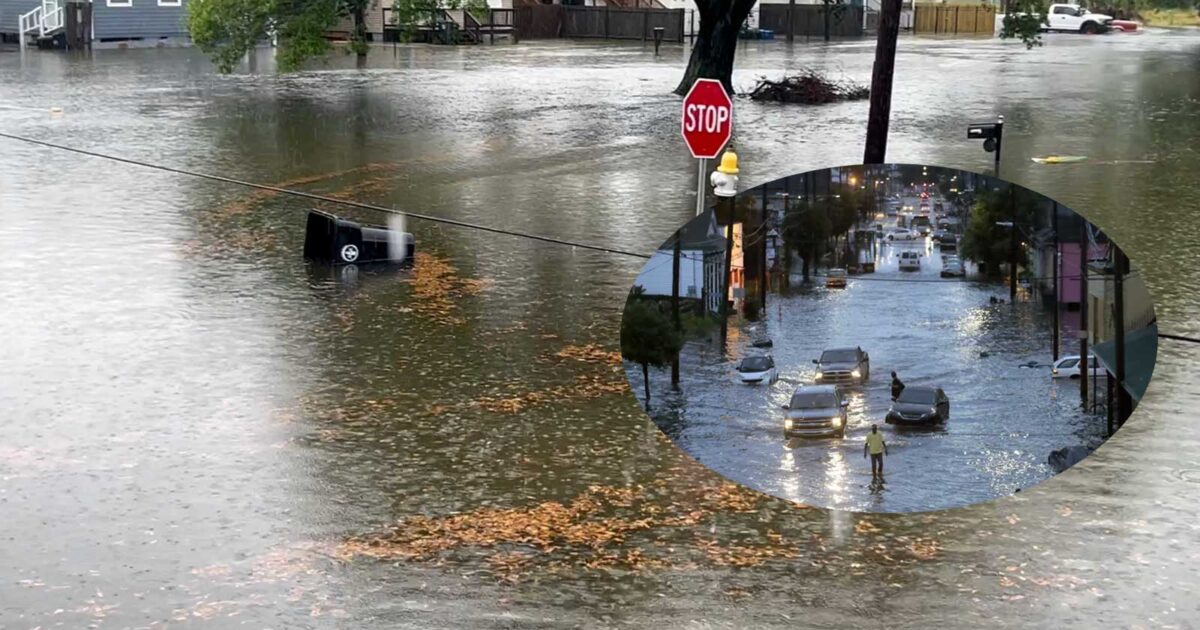
On Wednesday, a line of powerful storms hit the metro area, bringing heavy rain and strong winds that caused significant damage. Streets in New Orleans were flooded, leading to power rationing for the city’s outdated pumps. Meanwhile, in Slidell, a tornado caused destruction by tearing off roofs and flipping cars.
Although the northshore experienced the worst wind damage, New Orleans faced severe street flooding, with some areas receiving over six inches of rain during what the National Weather Service termed a “flash flood emergency.”
In Slidell along Old Spanish Trail, a tornado damaged buildings, uprooted trees, and trapped over 50 people in a partially collapsed apartment building. Witnesses described hearing an explosion as the roof of the Courtney Heights apartments was torn off.
The National Weather Service plans to assess the damage on Thursday, with initial reports suggesting it was caused by at least an EF-1 tornado, indicating wind speeds of 86 to 110 mph.
In addition to the tornado damage, heavy rain overwhelmed drainage systems in Jefferson and Orleans parishes, rendering many roads impassable from Harahan to St. Roch. Several underpasses in New Orleans were closed due to flooding, affecting areas not typically prone to such issues. As a result, bus and streetcar services across the city were suspended.
Areas like New Orleans East, the 7th Ward, Mid-City, Gentilly, Uptown, and the Central Business District experienced significant flooding, leaving cars stranded and major roads inaccessible. Some residents had to wear shrimp boots to navigate the flooded streets.
Gustavo Guerra found his Nissan Altima submerged in the intersection of Music and North Galvez streets in St. Roch. He attempted to pick up a friend but had to abandon the car. The Sewerage and Water Board had to ration power to its pumping stations due to unspecified power issues, exacerbating the flooding situation.
The agency has been operating at reduced power capacity since a critical turbine went offline in a storm on February 3rd and isn’t expected to be repaired until next month. Despite one primary turbine, known as T-5, remaining operational on Wednesday, the system could only handle a limited amount of rainfall.
Rainfall totals ranged from five to eight inches in various parts of New Orleans, with some areas receiving over two inches of rain in an hour. This storm marked the third significant flooding event in four months, approaching the levels seen in catastrophic flooding events like the one in 2017.
However, Wednesday’s storm was much smaller in scale compared to the May 1995 thunderstorms that caused widespread flooding and extensive damage in the New Orleans area, underscoring the ongoing vulnerability to extreme weather events.



